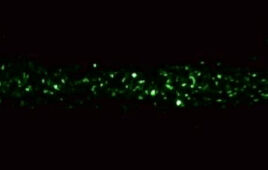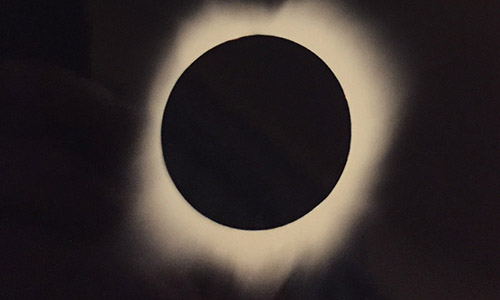 Almost 50 years after an Apollo space walk, a long-lost flat cable harness returned back home to Cicoil. The “Bio-Harness” assembly, built by the company for the 1969 Apollo 9 space flight, was returned in a NASA Apollo Space Program Auction. Considering its age and the number of miles it has travelled, the harness looked virtually brand-new.
Almost 50 years after an Apollo space walk, a long-lost flat cable harness returned back home to Cicoil. The “Bio-Harness” assembly, built by the company for the 1969 Apollo 9 space flight, was returned in a NASA Apollo Space Program Auction. Considering its age and the number of miles it has travelled, the harness looked virtually brand-new.
The 26-in.-long electrical biomedical harness was worn by Commander Jim McDivitt during the Apollo 9 flight that launched into orbit on March 3 and returned to Earth 10 days later. Typically, the Bio-Harness was worn underneath the intravehicular constant wear garment when in the spacecraft, and under the extravehicular pressure suit during spacewalk activities. The assembly enabled continuous monitoring of vital signs, such as pulse, respiration, body temperature and pulse rate for each astronaut during flight, orbit and spacewalk operations. In addition to Commander McDivitt, Astronauts David Scott and Rusty Schweickart also used Bio-Harnesses on the Apollo 9 space mission as well.
The space flight approved Bio-medical Instrumentation and Telemetry Harnesses were chosen for their highly flexible and lightweight materials; high reliability in mission critical applications; resistance to UV light, radiation and vibration; high efficiency in dissipating heat between inner cable components; strong performance when exposed to temperature extremes (-65 to 260° C); and ability to separately encase shielded signal pairs to eliminate electronic interference and provide uninterrupted signal integrity during the harsh rigors of space flight.
Flat cable harnesses were also there to help John Glenn (Mercury-Atlas 6) become the first American to orbit the earth, Edward White (Gemini 4) to be the first American to walk in space, Neil Armstrong (Apollo 11) to take his historical “First Step” on the surface of the moon, and Buzz Aldrin (Apollo 11) to take his second walk on the moon.
In addition to every Apollo space flight, the design team from Cicoil has manufactured cable assemblies for the Mercury and Gemini Space missions, Skylab, Mercury Voyager, the Space Shuttle, Tri-ATHLETE Lunar Vehicle, the Mars Rover; and myriad space transport rockets and satellites.
Cicoil
www.cicoil.com
Filed Under: Commentaries • insights • Technical thinking





Tell Us What You Think!